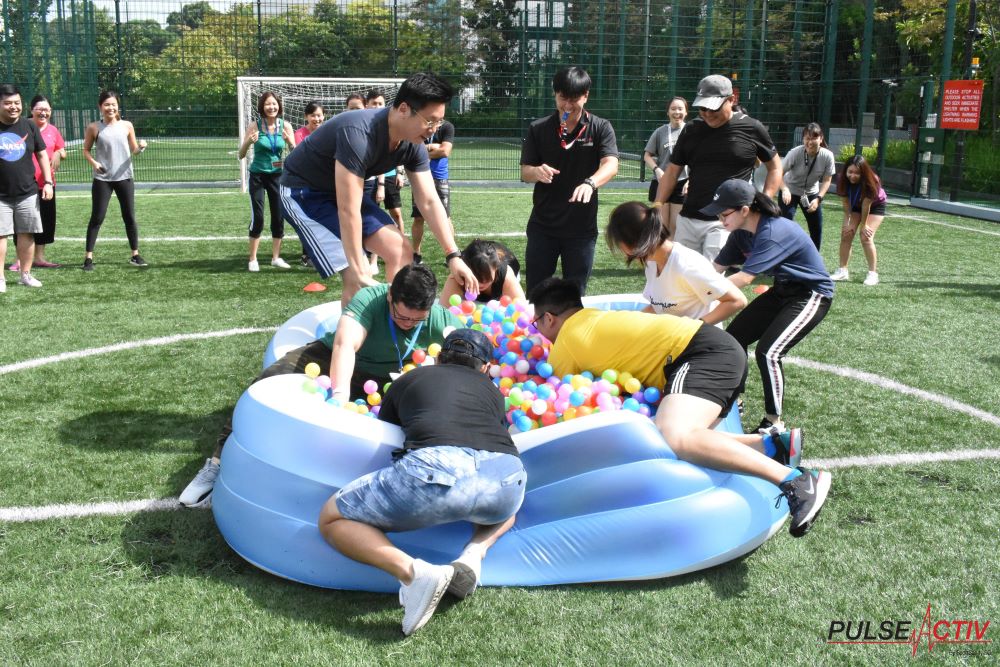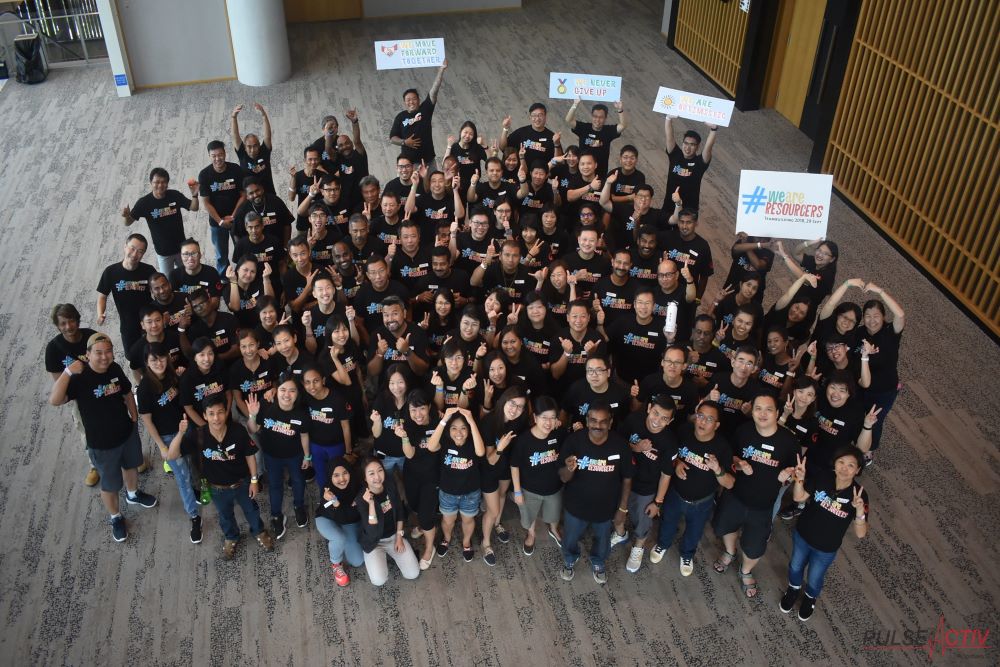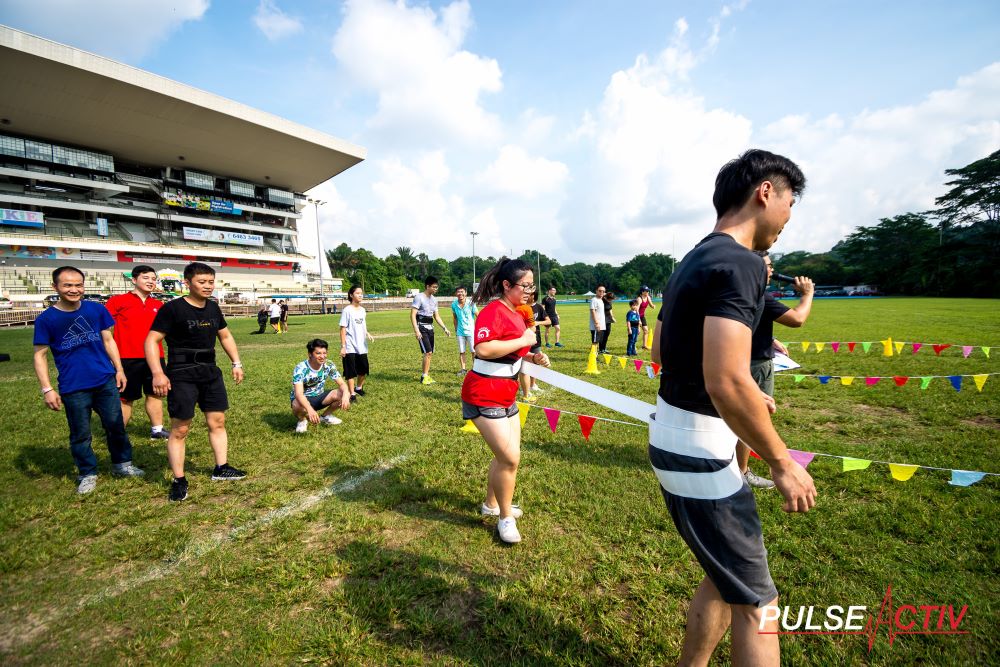The Power of Regular Exercise: Boosting Body, Productivity, Creativity, and Combating Fatigue in the Modern Workplace
In today’s fast-paced and demanding work environment, the importance of regular exercise cannot be overstated. It is well-documented that physical activity benefits our physical health, but its positive impact extends far beyond the gym. Regular exercise enhances productivity, sparks creativity, and combats workplace fatigue, making it a crucial component of a thriving organizational culture. For companies, encouraging employees to adopt a routine of regular exercise is not just a health initiative—it’s a strategic move that can yield significant benefits for both individuals and the organization as a whole.
1. Enhancing Physical Health and Well-being
Regular exercise is foundational for maintaining good physical health. Engaging in physical activity strengthens the cardiovascular system, improves muscular strength, boosts endurance, and supports overall well-being. For employees, maintaining good health reduces absenteeism, lowers healthcare costs, and contributes to a more energetic and vibrant workforce.
Key Benefits:
- Improved Immune Function: Regular exercise helps bolster the immune system, reducing the frequency and severity of illnesses.
- Better Weight Management: Physical activity aids in managing body weight and reducing the risk of chronic conditions such as diabetes and heart disease.
- Increased Energy Levels: Exercise increases blood flow and oxygen delivery to tissues, which can lead to enhanced energy levels throughout the day.
2. Boosting Productivity
Physical activity has been shown to have a direct correlation with increased productivity. Exercise stimulates the release of endorphins, which are natural mood lifters, and promotes better sleep, both of which can contribute to a more focused and effective workday.
Key Benefits:
- Enhanced Cognitive Function: Regular exercise improves cognitive abilities, including memory, attention, and problem-solving skills.
- Increased Efficiency: Active employees are often more efficient in their tasks due to improved concentration and reduced stress.
- Better Time Management: Regular physical activity can enhance time management skills by improving overall mental clarity and discipline.
3. Sparking Creativity
Creativity is a vital asset in today’s competitive business landscape. Exercise can play a crucial role in unlocking creative potential by fostering an environment that encourages innovative thinking and problem-solving.
Key Benefits:
- Mental Clarity: Physical activity increases blood flow to the brain, which can lead to clearer thinking and more creative ideas.
- Stress Reduction: By reducing stress and anxiety, exercise creates a mental space that is conducive to creative thinking.
- New Perspectives: Engaging in physical activities can provide a change of scenery and perspective, which can be particularly beneficial for overcoming creative blocks.
4. Combating Workplace Fatigue
Workplace fatigue is a growing concern, often resulting from long hours, sedentary behavior, and high-stress levels. Regular exercise is an effective strategy for combating fatigue, helping employees feel more refreshed and alert.
Key Benefits:
- Improved Sleep Quality: Regular exercise promotes better sleep, which is essential for reducing fatigue and maintaining high energy levels.
- Increased Alertness: Physical activity helps regulate circadian rhythms, leading to increased alertness and reduced feelings of exhaustion.
- Enhanced Mood: Exercise helps to combat mood swings and feelings of fatigue, leading to a more positive and energized outlook on work.
5. Strategies for Encouraging Exercise in the Workplace
For companies aiming to foster a culture of health and well-being, implementing strategies to encourage regular exercise among employees can yield substantial benefits. Here are some practical approaches:
a. Create a Supportive Environment:
- On-Site Fitness Facilities: Provide gym facilities or fitness classes at the workplace.
- Wellness Programs: Offer wellness programs that include exercise routines, health assessments, and fitness challenges.
b. Encourage Active Breaks:
- Walking Meetings: Promote walking meetings to incorporate physical activity into daily routines.
- Breaks for Exercise: Allow employees to take short breaks for physical activity during work hours.
c. Incentivize Participation:
- Fitness Challenges: Organize fitness challenges with rewards and recognition for participation and achievement.
- Subsidize Gym Memberships: Offer subsidies or discounts for local gym memberships or fitness classes.
d. Lead by Example:
- Management Involvement: Encourage management to participate in and promote exercise-related initiatives.
- Role Models: Highlight employees who are actively involved in fitness and wellness activities.
e. Provide Resources and Education:
- Fitness Workshops: Host workshops on the benefits of exercise and how to integrate it into daily routines.
- Health Resources: Provide resources and information on maintaining an active lifestyle.
Conclusion
Regular exercise is more than just a health trend—it’s a critical component of a productive, creative, and energized workforce. By encouraging employees to incorporate physical activity into their routines, companies can reap the benefits of improved physical health, enhanced productivity, increased creativity, and reduced fatigue. Adopting a culture that supports and promotes regular exercise not only benefits employees but also contributes to the overall success and well-being of the organization. Investing in employee health through exercise is a strategic move that can lead to a more dynamic, innovative, and thriving workplace.
To head back to read another article in our blog, click here.










